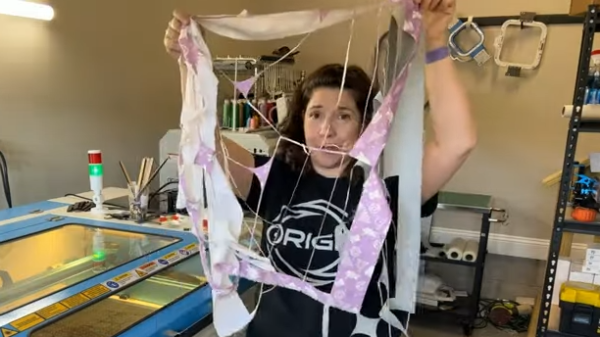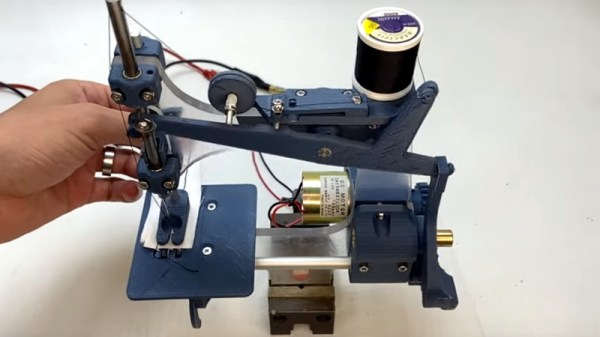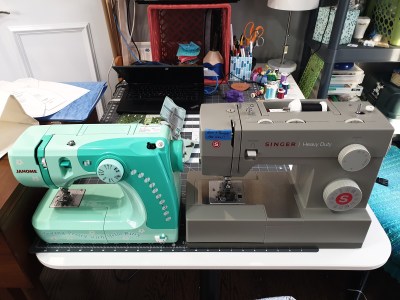After decades of taking plastic bags for granted, some places now charge for them to help offset some of the environmental damage they cause. If you have a tendency to forget your reusable bags at home but love to wear hats, [Simone Giertz] has the bag hat for you.
Having conquered everything from making the first Tesla pickup to a tambour puzzle table, a hat that can turn into a grocery bag seems like a relatively easy challenge. It was not. One thing that [Giertz] observes early in the process is that fabric is a much less “honest” material since it can move in ways that many of the other materials she works with cannot, like glass or wood.
As with any good project, there are numerous iterations of the bag hat, mostly due to trying to balance the two distinct functions of bag and hat without overly-compromising either. In the end, the hat features a zipper down the center from ear to ear that opens up into a mesh grocery bag. The adjustable loop of the hat does double duty as the bag handle.
If you’d like to build your own sewing machine for projects like this, maybe you should find out how they work. If you’d rather just get on with the sewing bit, we can help you with that too.
Continue reading “Bring Your Reusable Grocery Bag On Your Head”




















